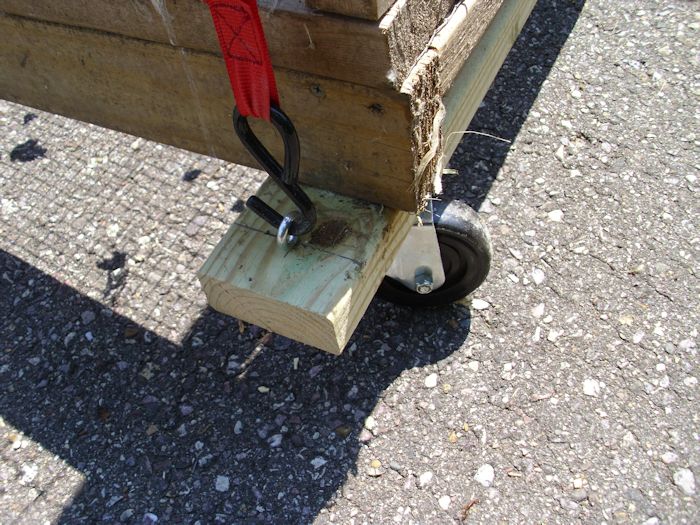I don’t know if you’ve noticed, but I’m continually asking questions in my blog posts. In fact, you can find questions in a few of my books and more than a few readers have commented when I ask them questions as part of my correspondence with them. I often get the feeling that people think I should know everything simply because I write books of various sorts. In fact, I had to write a post not long ago entitled No, I Don’t Know Everything to address the issue. Experts become experts by asking questions and finding the answers. They remain experts by asking yet more questions and finding yet more answers. Often, these answers come from the strangest sources, which means that true experts look in every nook and cranny for answers that could easily elude someone else. Good authors snoop more than even the typical expert—yes, we’re just plain nosy. So, here I am today asking still more questions.
This year my continuing education has involved working with the latest version of the Entity Framework. The results of some of my efforts can be found in Microsoft ADO.NET Entity Framework Step by Step. You can also find some of my thoughts in the Entity Framework Development Step-by-Step category. I’ve been using some of my new found knowledge to build some applications for personal use. They may eventually appear as part of a book or on this blog (or I might simply choose to keep them to myself).
However, my main technical focus has been on browser-based application technology. I think the use of browser-based application technology will make it possible for the next revolution in computing to occur. It certainly makes it easier for a developer to create applications that run anywhere and on any device. You can find some of what I have learned in two new books HTML5 Programming with JavaScript for Dummies and CSS3 for Dummies. Of course, there are blog categories for these two books as well: HTML5 Programming with JavaScript for Dummies and Developing with CSS3 for Dummies. A current learning focus is on the SCAlable LAnguage (SCALA), which is a functional language (akin to F# and many other languages of the same type) based on Java.
Anyone who knows me very well realizes that my life doesn’t center on technology. I have a great number of other interests. When it comes to being outdoors, I’ve explored a number of new techniques this year as I planted some new trees. In fact, I’ll eventually share a technique I learned for removing small tree stumps. I needed a method for removing stumps of older fruit trees in order to plant new trees in the same location.
I’ve also shared a number of building projects with you, including the shelving in our larder and a special type of dolly you can use for moving chicken tractors safely. Self-sufficiency often involves building your own tools. In some cases, a suitable tool doesn’t exist, but more often the problem is one of cost. Buying a tool from the store or having someone else build it for you might be too expensive.
The point I’m trying to make is that life should be a continual learning process. There isn’t any way that you can learn everything there is to learn. Even the most active mind picks and chooses from the vast array of available learning materials. No matter what your interests might be, I encourage you to continue learning—to continue building your arsenal of knowledge. Let me know your thoughts on the learning process at [email protected].



